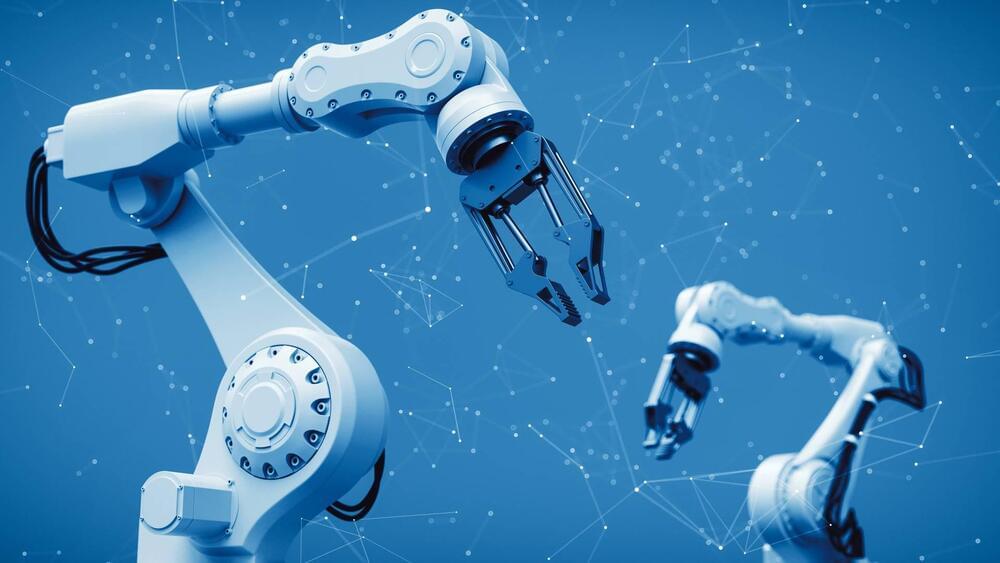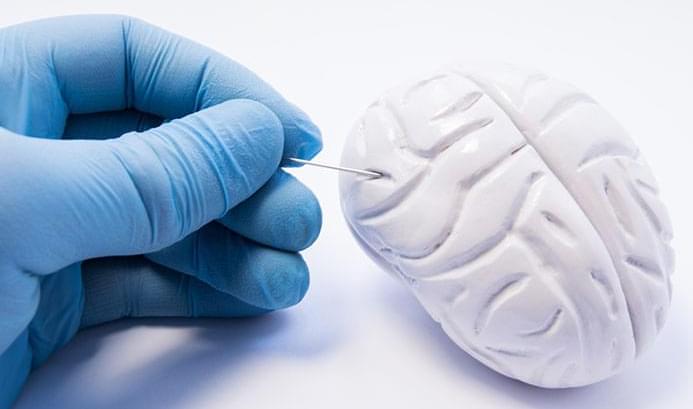An Israeli startup has developed a wearable device that can predict the likelihood of an imminent stroke through changes in the carotid artery’s blood flow, potentially helping early intervention and preventing disablity.
Strokes are most commonly caused by a clot blocking the essential supply of blood to the brain, and according to the World Health Organization are the second leading cause of death and the leading cause of disability across the globe.
Over 100 million people have experienced a stroke worldwide, with one in four adults experiencing one in their lifetime. And for 50 percent of them, that means some form of lasting disability.





